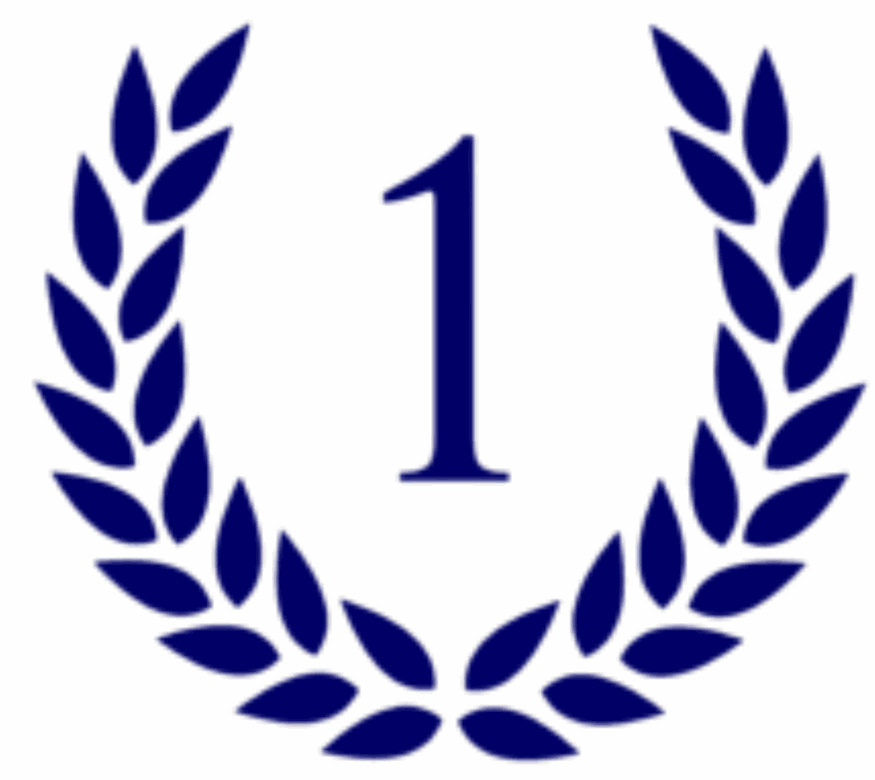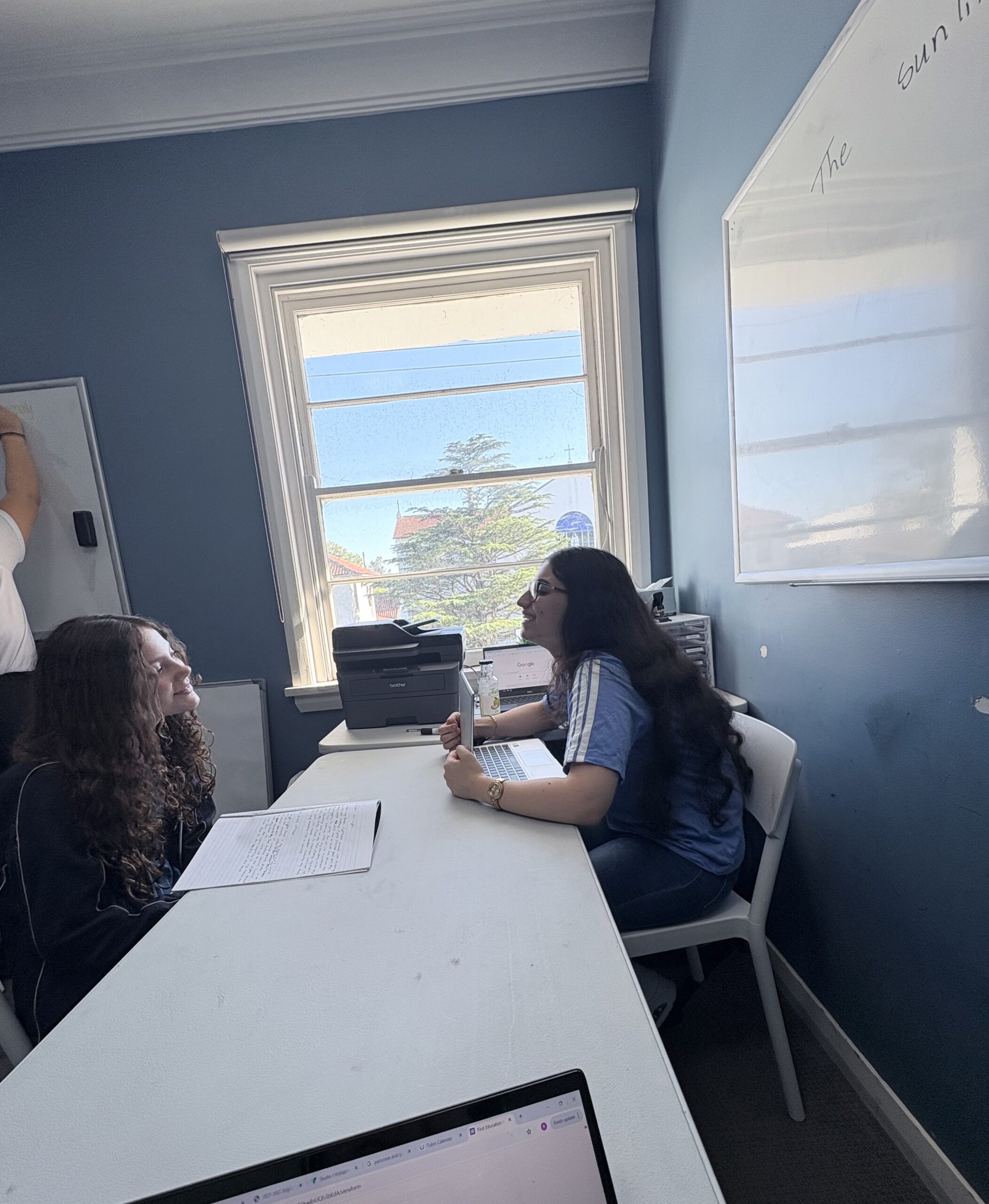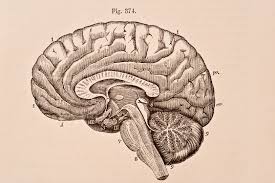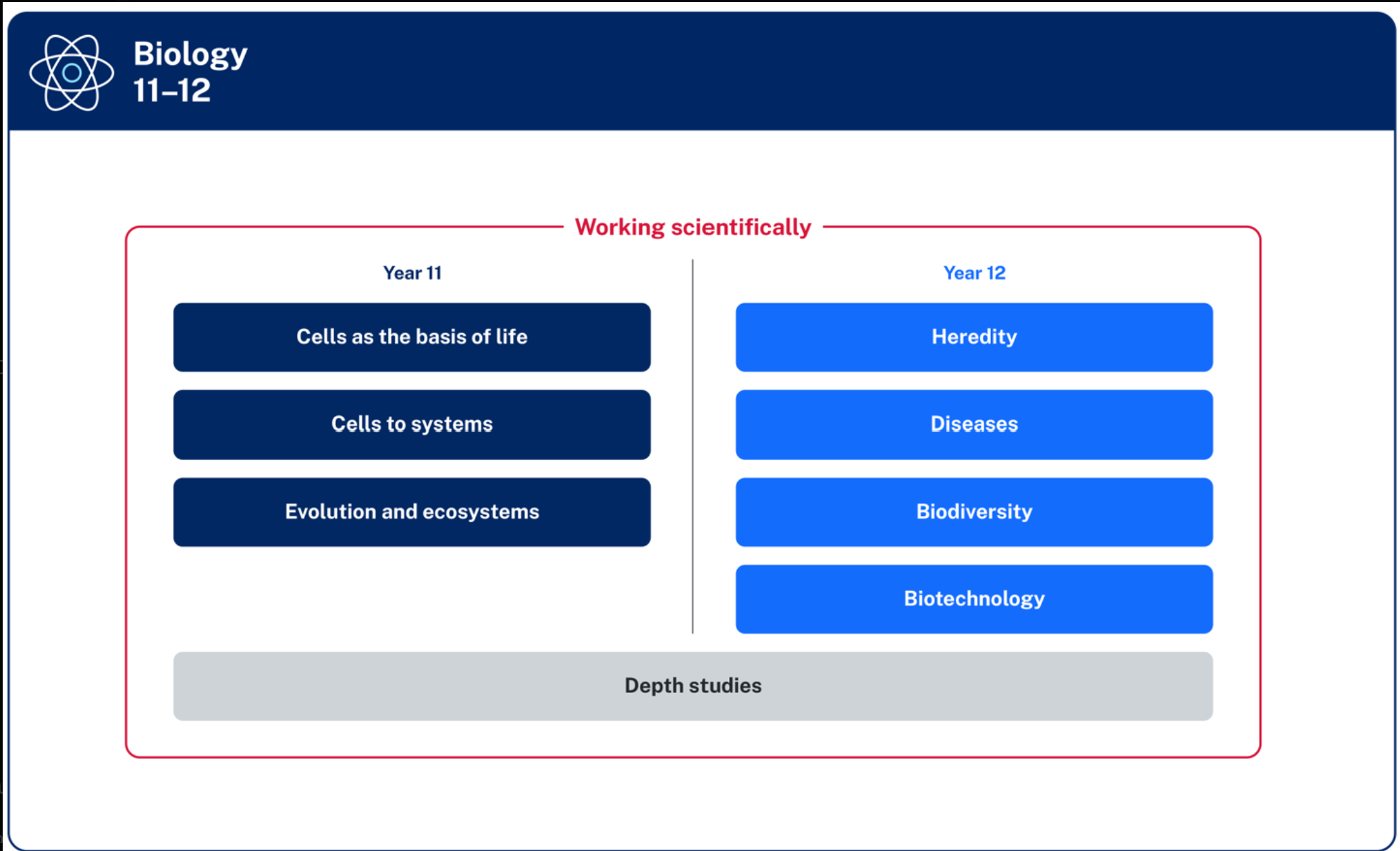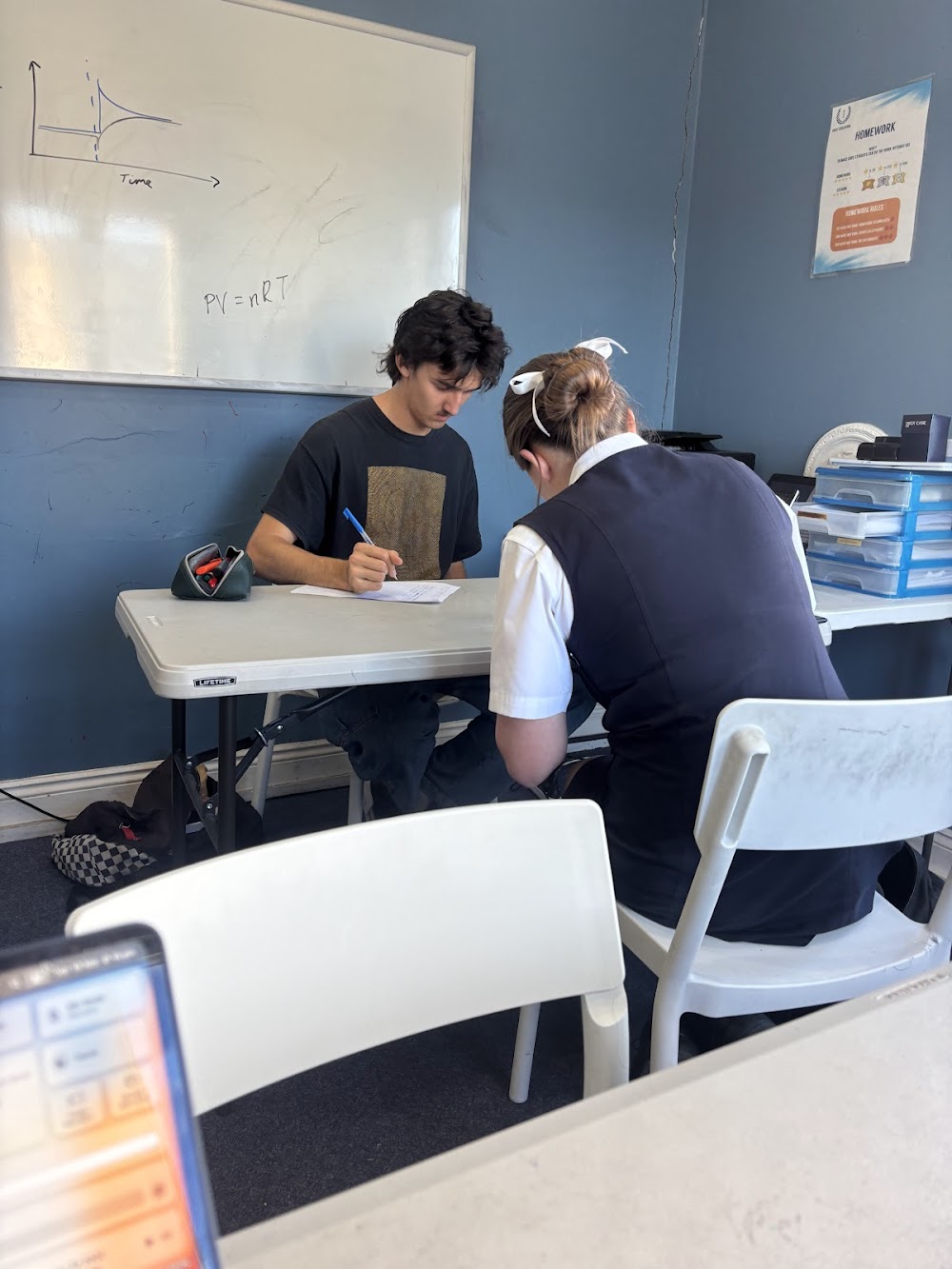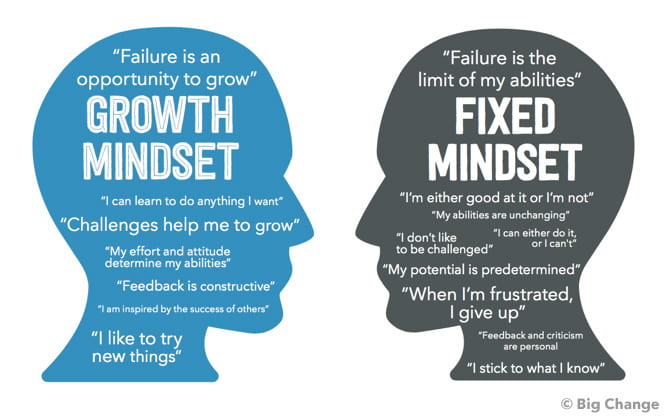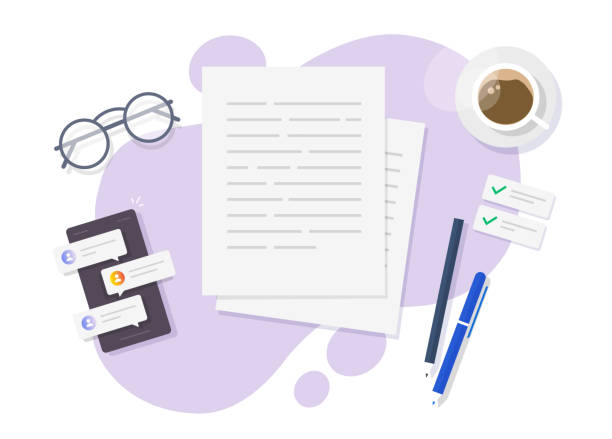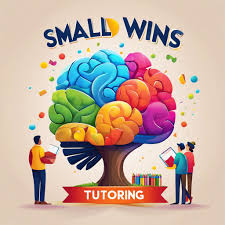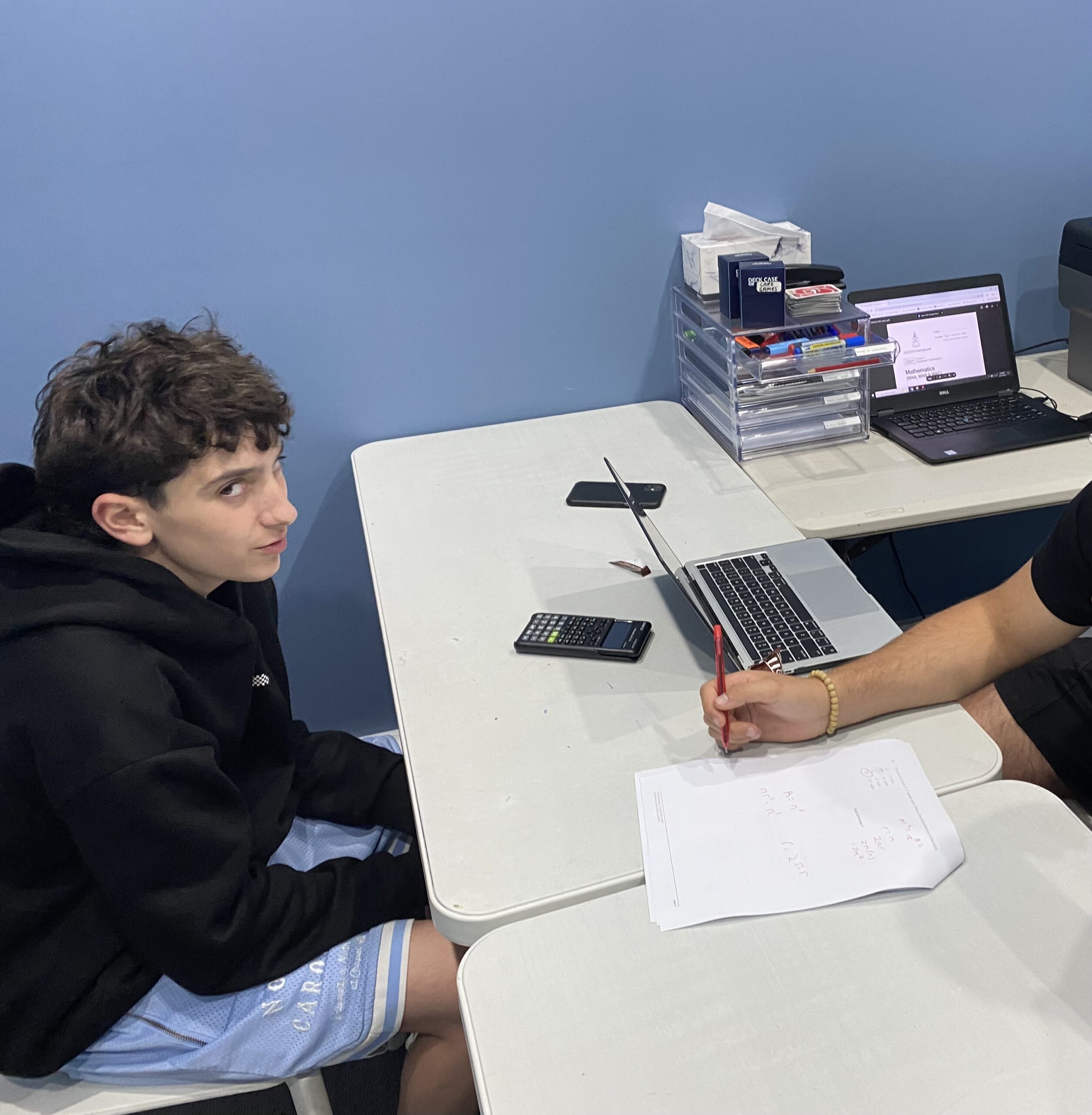
I observed a Year 8 maths tutoring session with Anthony and his tutor David. They were working through the SCEGGS Darlinghurst 2021 Semester 1 paper, which covered a range of topics like Pythagoras’ Theorem, algebra, perimeter, area, and solving equations. It was an insightful session, and I could see how much of a difference personalised tutoring makes.
The session kicked off with Pythagoras’ Theorem. David did a fantastic job explaining the concept in a way that really clicked with Anthony. While Anthony knew the formula for finding the hypotenuse, David made sure he understood why it worked. They used some simple examples like finding the length of a ladder leaning against a wall—and that helped Anthony visualise the problem better. It was clear that once he could see how the theorem applied to real-world situations, it started to make more sense.
Next up was algebra, and this is where Anthony was a bit more hesitant. They worked through solving equations like (3x+5=20). David was patient, breaking each step down to make sure Anthony wasn’t just memorising steps, but truly understanding what was happening. At one point, Anthony got a little stuck when trying to isolate the variable, but David guided him through it, showing him how to simplify and solve for x without skipping any steps. By the end of it, Anthony was solving equations more confidently.
They also tackled perimeter and area, which Anthony was more comfortable with. David reminded him about the importance of applying the right formulas for each shape and checking units something that’s easy to forget when you’re in a rush.
Finally, the pair went over more complex equations. David was great at reassuring Anthony and encouraging him to take his time. By the end of the session, Anthony seemed more at ease with the content, and I could see his confidence growing.
David personalised the session to Anthony’s needs. Instead of just focusing on answering the questions, David made sure Anthony understood the “why” behind each concept. It was a reminder of how crucial it is to build a strong foundation in these early years of learning maths.
James Maatouk

